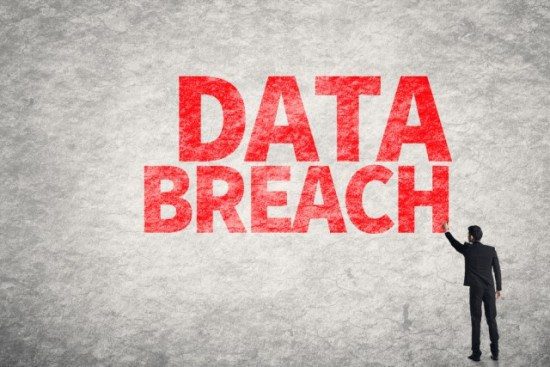A hacker has breached Mathway, a popular math solving application, from where they have stolen more than 25 million emails and passwords. The hack is the latest in a long line of security breaches carried out by a hacker going by the name of ShinyHunters, the threat actor also responsible for intrusions at Tokopedia, Wishbone, Zoosk, and others. Only emails and hashed passwords are included in this leak, but many of these are most likely to belong to children.
The opinions expressed in this post belongs to the individual contributors and do not necessarily reflect the views of Information Security Buzz.



